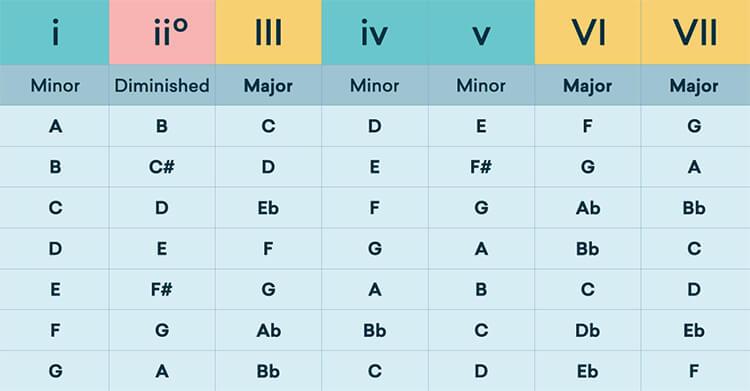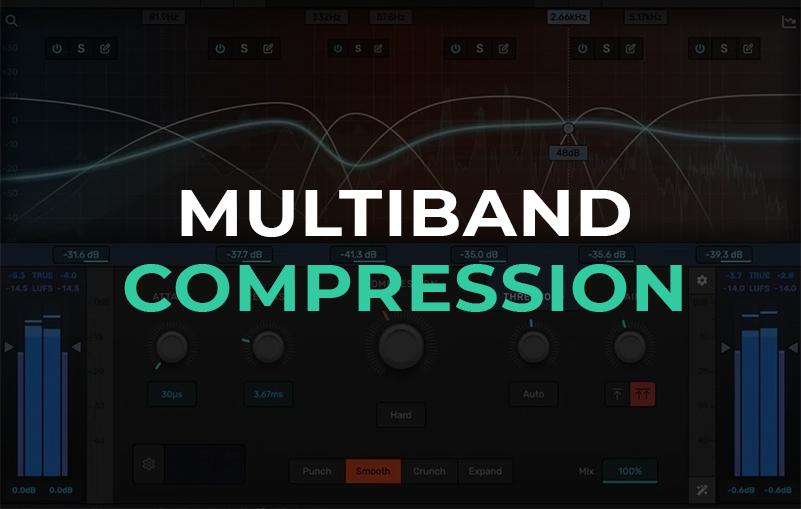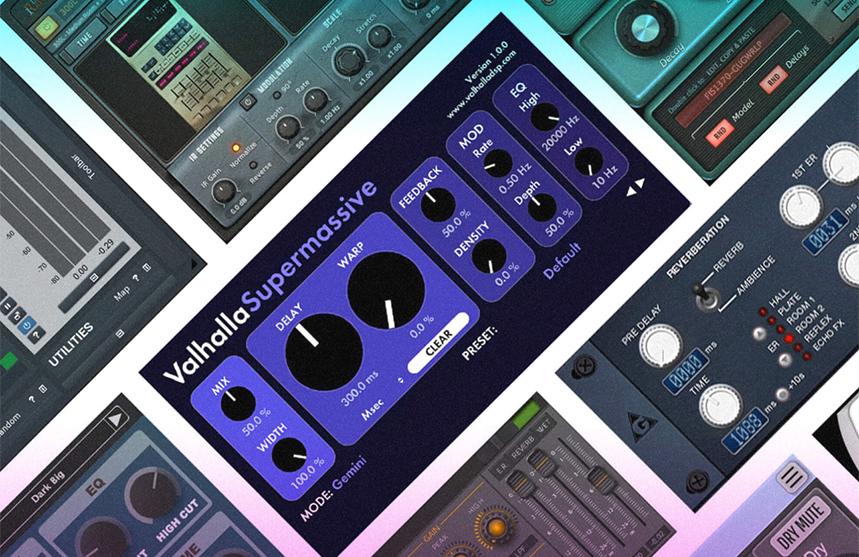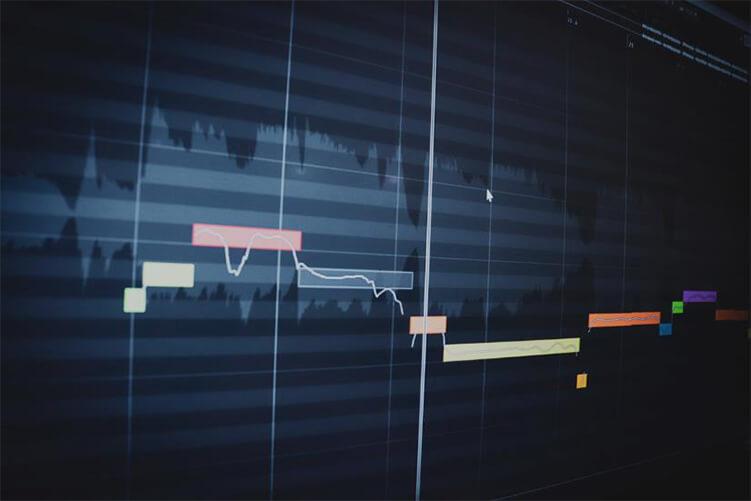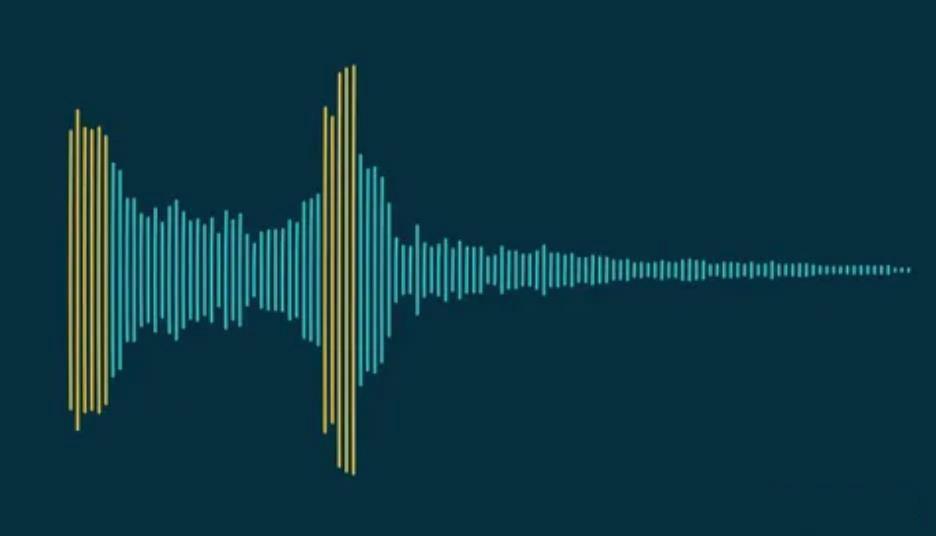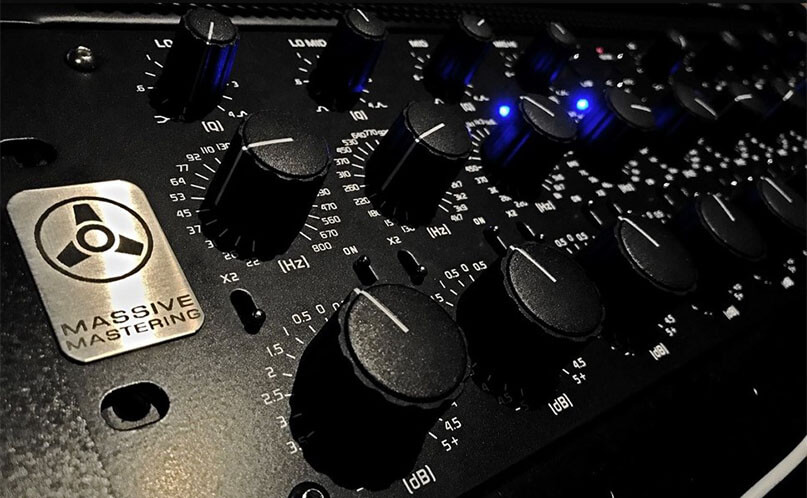Compressor ratio
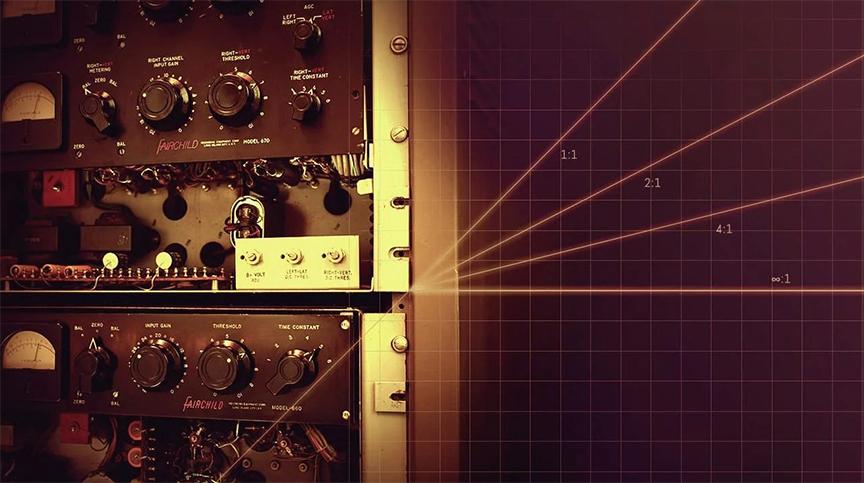
In the world of recording and music production, the compressor is one of the main tools for controlling the dynamics of sound. Among the settings that this versatile audio effect offers, the Ratio parameter occupies a special place, being a key element in achieving the desired sound. In this article, we will take a closer look at what Ratio is, how it affects audio processing, and why it is impossible to achieve professional results in mixing and mastering without understanding how it works.
The Ratio parameter indicates how much the dynamics of a signal exceeding the set threshold (Threshold) will be reduced. In simpler terms, Ratio determines the amount of audio compression that will be applied to parts of a track whose volume exceeds a certain level. This parameter is expressed as a proportion, for example, 4:1, which means: every 4 dB exceeding the threshold will be compressed to 1 dB.
Effect of Ratio on sound
Understanding the effect of Ratio on audio material is critical to creating a balanced and harmonious mix. Low Ratio values (such as 2:1 or 3:1) are used for light dynamic equalization, allowing minor volume peaks to be smoothed out without noticeably changing the overall character of the sound. This approach is ideal for vocals, acoustic instruments, or any material that requires natural dynamics to be maintained.
On the other hand, high Ratio values (6:1 and above) lead to more aggressive compression, which is necessary when working with drums, bass, or in situations where you need to radically reduce the dynamic range and thicken the sound. This can be useful when mixing drum elements or to achieve an in-your-face effect when processing vocals in some genres of music.
How to choose the right Ratio?
Choosing the right compression ratio requires both technical knowledge and creativity. It’s important to start with an understanding of the impact you want to have on your sound and apply the Ratio depending on the genre, performance style, and final sound you’re trying to achieve.
- For a natural sound: start with a low Ratio and gradually increase it until the desired effect is achieved, being careful not to lose the dynamics of the track;
- For an aggressive and tight sound: experiment with high Ratio values, but be careful not to over-compress, which can kill the vibrancy and detail of the sound.
Practical advice
- When working with Ratio, it is also important to pay attention to other compressor parameters, such as Attack, Release and Knee, since the interaction of all these settings determines the final result of the processing;
- Listen carefully and take breaks while working so that your hearing does not adapt to constantly compressed sound, which can lead to errors in assessing the sound;
- Use A/B testing (comparison with bypassing the effect) to objectively evaluate the impact of compressor settings on the sound.
Technical Dive into Ratio
For a deeper understanding of how the Ratio parameter works, let’s consider it in the context of various musical situations and genres.
- Vocals: To smooth out the dynamic range of a vocal part, Ratio values from 2:1 to 4:1 are suitable. This will help keep vocals within the desired volume, keeping them natural and expressive;
- Drums: Here the Ratio can vary widely depending on the desired effect. For natural drum sounds, a lower Ratio will work, while for the compressed, aggressive sound found in some electronic music styles, values higher than 8:1 can be used;
- Bass: This instrument is often set to a mid-range Ratio (around 4:1) to ensure stability and stand out in the mix.
Creative Uses of Ratio
The use of compression is not limited only to the technical need to control dynamics. Ratio can be your creative tool to bring unique ideas to life.
- Sidechain Compression: By using a high Ratio and controlling the Attack and Release parameters, you can create a “ripple” effect in the mix, which is popular in electronic music;
- Parallel Compression: Mixing a signal that has been aggressively compressed at a high Ratio with the dry signal allows for a combination of density and attack while maintaining the dynamics of the original source.
Ratio as an art tool
The mastery of using Ratio in a compressor is determined not only by knowledge of theory, but also by experimentation, intuition and creative vision. Practice is the key to mastering this and other parameters, allowing you to achieve a unique sound and express the emotional essence of a piece of music. Whether you work in a home studio or a professional recording facility, a deep understanding and proper application of Ratio will open up new horizons in your creativity.


